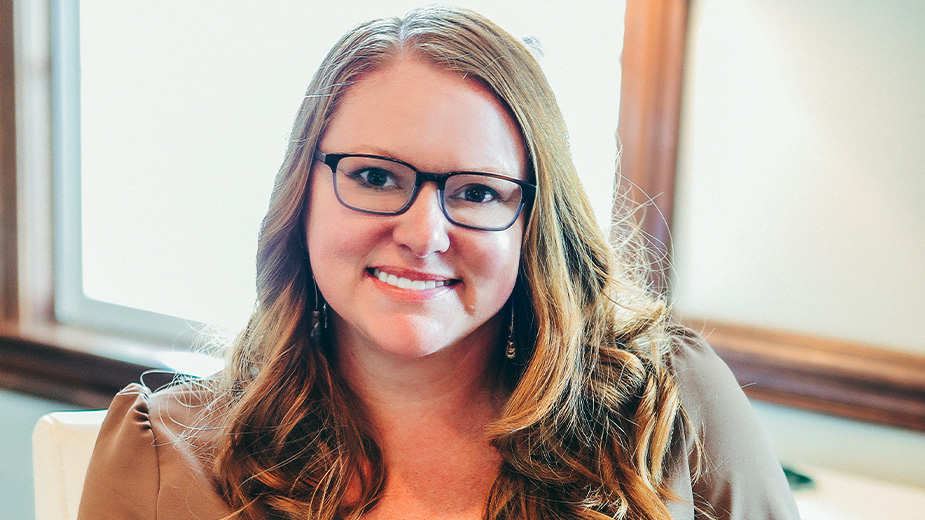Huge Demand Projected for RNs, LPNs
YOUNGSTOWN, Ohio – The aging population of the Mahoning Valley presents a twofold problem for health care.
First, it means that more and more patients require medical care, whether it’s for hospice, in-home care, hospitals or assisted living. Second, a large group of employees within the industry are preparing to retire within the next decade.
By 2020, it’s projected that nursing and residential care facilities in the Youngstown-Warren-Boardman statistical area will need 2,000 more employees – almost 13,000 total – an 18.3% jump from 2010, according to the Ohio Department of Jobs and Family Services.
Nationwide, the Bureau of Labor Statistics projects some 525,000 nurses will be needed just to replace those close to retirement, with another 526,800 needed just to keep up with industry growth. That’s more than one million new workers needed by 2022.
“What employers are looking for depends on the need,” says Darla Shar, a member of the faculty at the Hannah E. Mullins School of Practical Nursing in Salem. “And what they need right now is [licensed practical nurses] in nursing homes, extended care and assisted living.”
Shar notes that 39% of LPNs work in those settings and another 15% work in home and hospice care.
But this projected demand for LPNs is in question. Many hospitals are striving to attain Magnet status by the American Nurses Credentialing Center, says Karen Ciminero, nursing program administrator at Eastern Gateway Community College’s Valley Center campus.
“There are shortages in the hospitals, but a lot of hospitals are asking for nurses with bachelors’ degrees,” she says. “They’re still hiring LPNs, though, with a stipulation that they have to get their degree by a certain time.”
Among other requirements for Magnet status, 80% of the nurses in a care center must hold a baccalaureate. The degree isn’t required for licensed practical nurses, but it is for registered nurses, or RNs.
The biggest difference between the two, Ciminero says, is managerial experience.
“An LPN is trained for basic nursing care. RNs have that [same training] and are also trained to have the ability to oversee an LPN’s work,” she says. “So they’re ready to do the assessments and critical thinking that goes along with a higher level of care.”
At the Mullins School, Shar has seen the demand for LPNs begin to rise after a few years of decline. She saw the same trend when she graduated from the school in the 1980s.
“At the time, there was a big rumor that LPNs were being phased out and that hospitals were laying them off. Within two years, things picked back up and we’re in that phase again,” she relates. “Two or three years ago, hospitals were laying LPNs off and phasing them out. But now all of our students who graduated in August have jobs.”
For registered nurses, education varies little from school to school. An education at Youngstown State University is quite similar to one at Eastern Gateway, which would be similar to any other school in Ohio.
“It’s all standard because everyone has to pass the [National Council Licensure Exam] to become an RN. Everyone has to know the same things to get their license,” Ciminero says. “They have to know everything. It’s the fundamentals and pediatrics, maternity, critical care, leadership, management, psychiatric, medication dosages and critical thinking skills.”
While some medical centers are looking for RNs, they are willing to accept LPNs and help them work their way up the ladder. Mercy Health offers tuition reimbursement for nurses who take classes at area colleges to become a registered nurse, says Arisha Williams, a lead recruiter at Mercy Health.
The health system, the fourth-largest employer in Ohio, looks at more than grades when it hires, she says.
“We sometimes look at people that may not have all the necessary skill requirements, but if they have the attitude, work ethic and their ethics align with our mission, then we’ll consider them,” she says. “Our recruiters and hiring managers do a lot to make sure we aren’t just looking at a resume and going down the checklist.”
Mercy Health and its education branch, Mercy College, also works with students to determine the areas they’re best suited for through job shadowing and internships, Williams says.
“We try to look at not only what a student’s particular interests are, but get them exposed to different departments to get an overview,” she continues. “We try to encourage the opportunities for career growth alongside our missions of compassionate care and excellence.”
With the shortage of nurses, Williams says, there’s been a surge of interest in the field. Enrollment at Mercy College at St. Elizabeth’s Hospital, she notes, has tripled over the past few years to nearly 100 students, who are not required to work in the hospital after they graduate. Williams does note, however, that most do.
At the Mullins School, the March enrolling class was larger than recent ones and at Eastern Gateway, Ciminero says, the four cohorts – each consisting of 30 students – are almost entirely full.
The shifting nature of the health care industry requires the nursing schools to constantly adapt, Shar says. Each year the Mullins School sends out surveys to employers who hired its graduates, asking what students excel at and where they could improve.
“We send out those yearly surveys and, based on the results and what’s happening in health care – such as the CDC [Centers for Disease Control] recommendations or info from the National Institute for Health – we do curriculum review, planning and change once a year,” she explains. “Nursing is ever-changing. … It’s a continual process.”
And, as Ciminero points out, there will always be a demand for nurses with all skill levels. Jobs might not be available here in a specific field, but in time they will.
“If nurses can’t get into hospitals, there are plenty of opportunities in this area with long-term care taking care of the most vulnerable population,” she says. “There are more elderly patients than there ever were, so they need nurses to staff those facilities.”
Copyright 2024 The Business Journal, Youngstown, Ohio.



